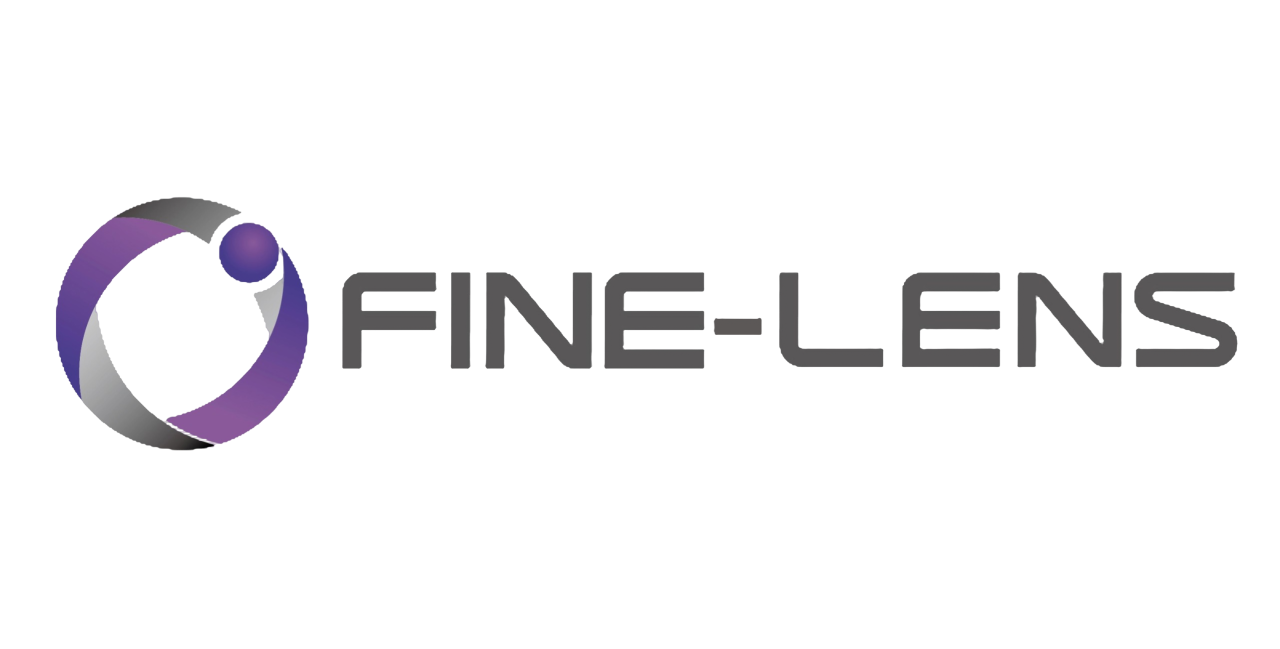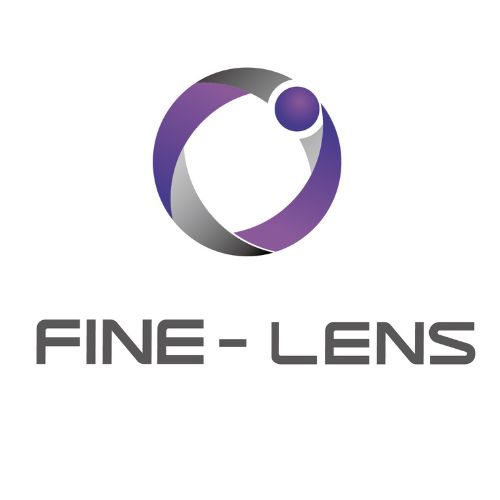
How to Choose Industrial Lenses?
How to Choose Industrial Lenses: A Comprehensive Guide
Selecting the right industrial lenses is crucial for ensuring the accuracy, reliability, and performance of your machine vision systems, automation processes, or inspection equipment. With a myriad of options available, navigating the landscape of industrial lenses can be daunting. This guide provides a structured approach to help you make informed decisions when choosing industrial lenses.
1. Understand Your Application Requirements
The first step in selecting industrial lenses is to thoroughly understand the requirements of your specific application. Different applications demand different lens characteristics. For instance:
Quality Inspection: High resolution and low distortion are crucial for detecting minute defects.
Robotic Guidance: Wide field of view and fast autofocus are essential for real-time operations.
Medical Imaging: High contrast and precise color reproduction are necessary for accurate diagnostics.
Consider the following:
Working Distance(WD): Determine the distance between the lens and the object being imaged. This will influence the choice of focal length.
Field of View (FOV): The angular width of the scene that the lens can capture. Larger FOVs are suitable for capturing wider scenes, while narrower FOVs provide more detail.
Resolution: Assess the level of detail required in the images. High-resolution lenses are essential for precise measurements and inspections.
Depth of Field (DOF): The distance range within which objects remain acceptably sharp. Applications requiring clear focus across a range of distances will benefit from a deeper DOF.
Environmental Conditions: Consider factors such as temperature, humidity, dust, and vibrations that may impact lens performance and durability.
2. Choose the Right Focal Length
Focal length determines the FOV and working distance. Generally:
Short Focal Lengths: Provide a wider FOV, suitable for capturing larger scenes at closer distances.
Long Focal Lengths: Offer a narrower FOV, ideal for capturing smaller details from greater distances.
Select a focal length that balances your FOV and working distance needs while ensuring sufficient image quality.
3. Evaluate Lens Mount Compatibility
Ensure that the lens you choose is compatible with your camera and mounting system. Common industrial lens mounts include C-mount, CS-mount, F-mount, and M42. Verify compatibility with your camera’s sensor size to avoid vignetting or image distortion.
4. Consider Aperture and Brightness
The aperture (f-number) affects the amount of light the lens can capture, influencing image brightness and DOF. For low-light environments or applications requiring a deeper DOF, a smaller aperture (higher f-number) is beneficial. Conversely, for brighter scenes or those needing a shallower DOF, a larger aperture (lower f-number) is preferable.
5. Assess Durability and Environmental Resistance
Industrial lenses must withstand the rigors of industrial environments. Look for lenses with:
IP Ratings: Indicating dust and water resistance.
Temperature Stability: Ensuring performance over a wide range of temperatures.
Shock and Vibration Resistance: Suitable for dynamic and noisy environments.
6. Evaluate Manufacturer Specifications and Reviews
Compare lenses based on manufacturer specifications, including resolution, distortion, chromatic aberration, and focusing range. Additionally, review customer feedback and industry reviews to gain insights into real-world performance and reliability.
7. Consider Future Scalability and Integration
Choose lenses that are compatible with future upgrades or expansions of your system. Look for lenses that support advanced features such as auto-focus, zoom capabilities, and integration with machine vision software.
8. Cost Considerations
While cost is an important factor, remember that the highest price does not always equate to the best performance for your specific needs. Balance cost with the lens’s ability to meet your application requirements, ensuring long-term value and system performance.
Conclusion
Choosing industrial lenses involves a detailed understanding of your application’s needs, careful evaluation of lens specifications, and consideration of future scalability and integration. By following this guide, you can make informed decisions that ensure your industrial lenses deliver the accuracy, reliability, and performance required for your machine vision, automation, or inspection applications.

